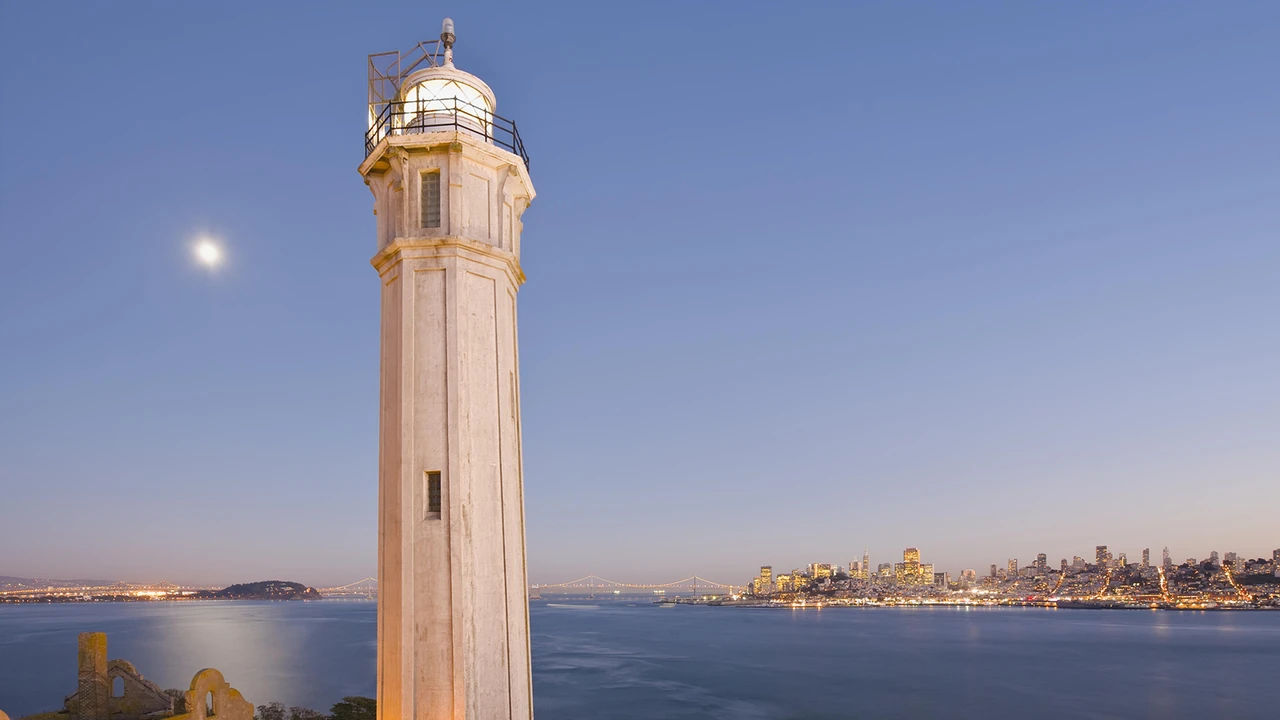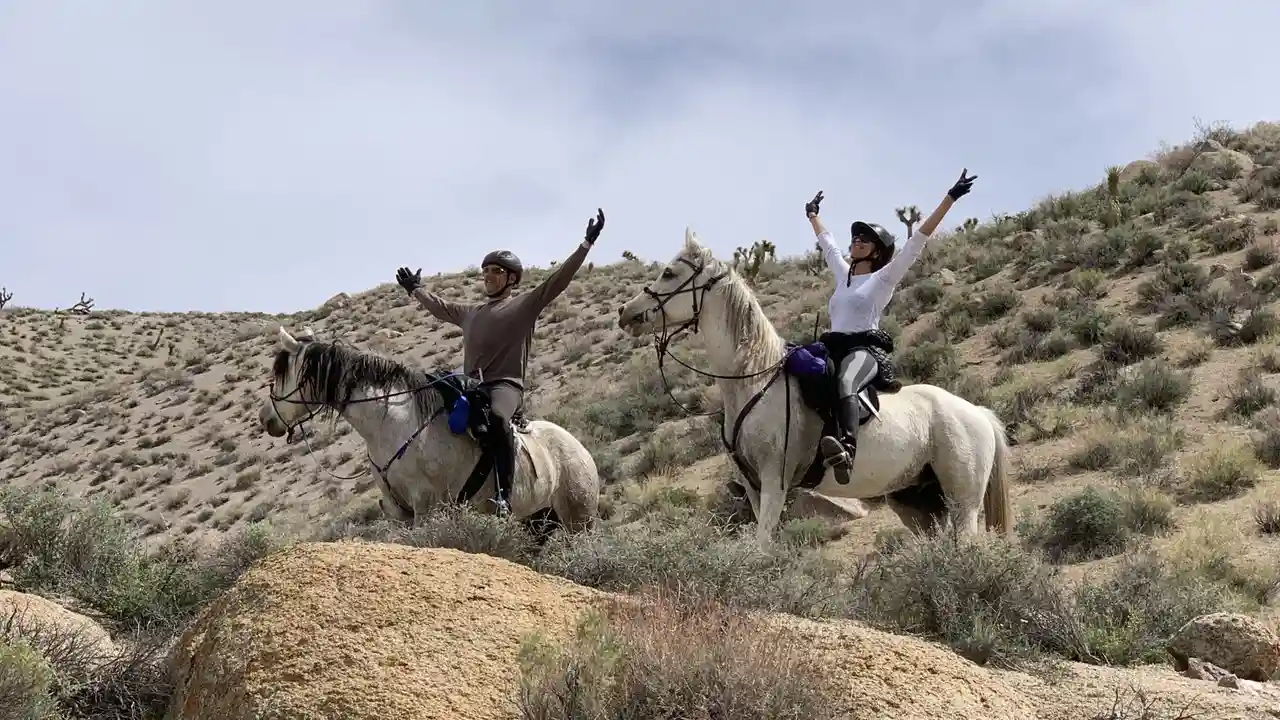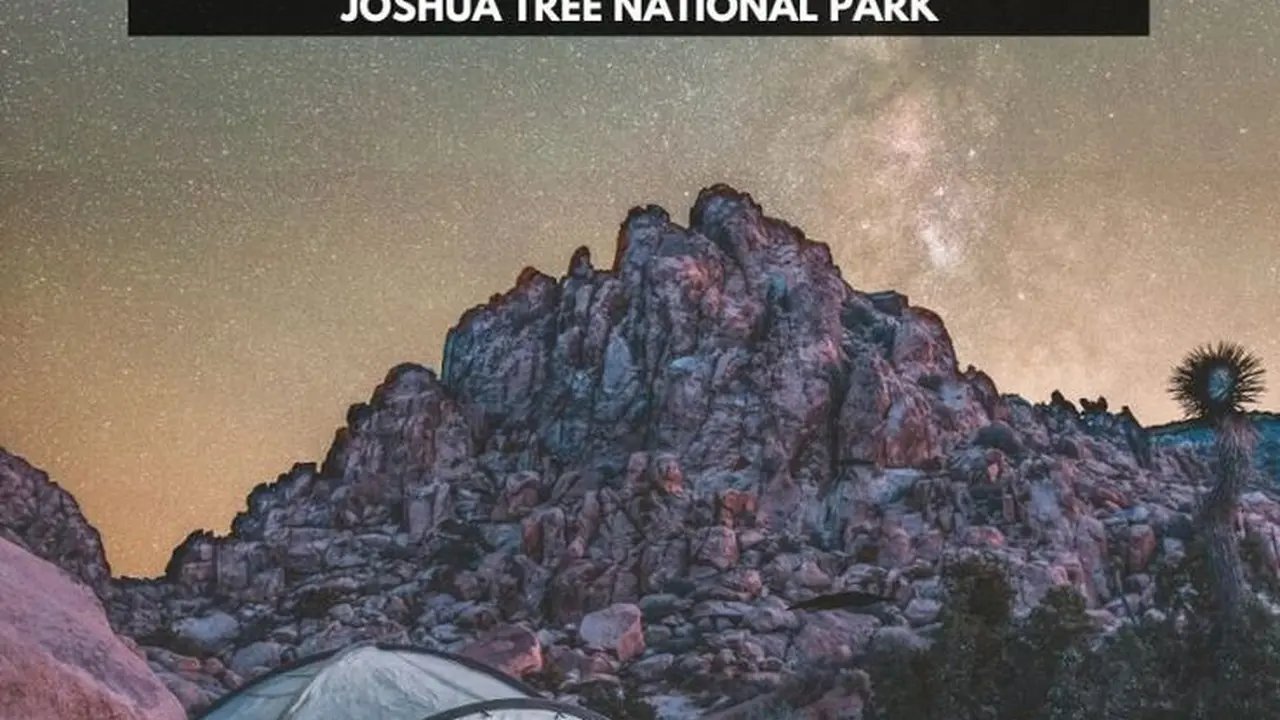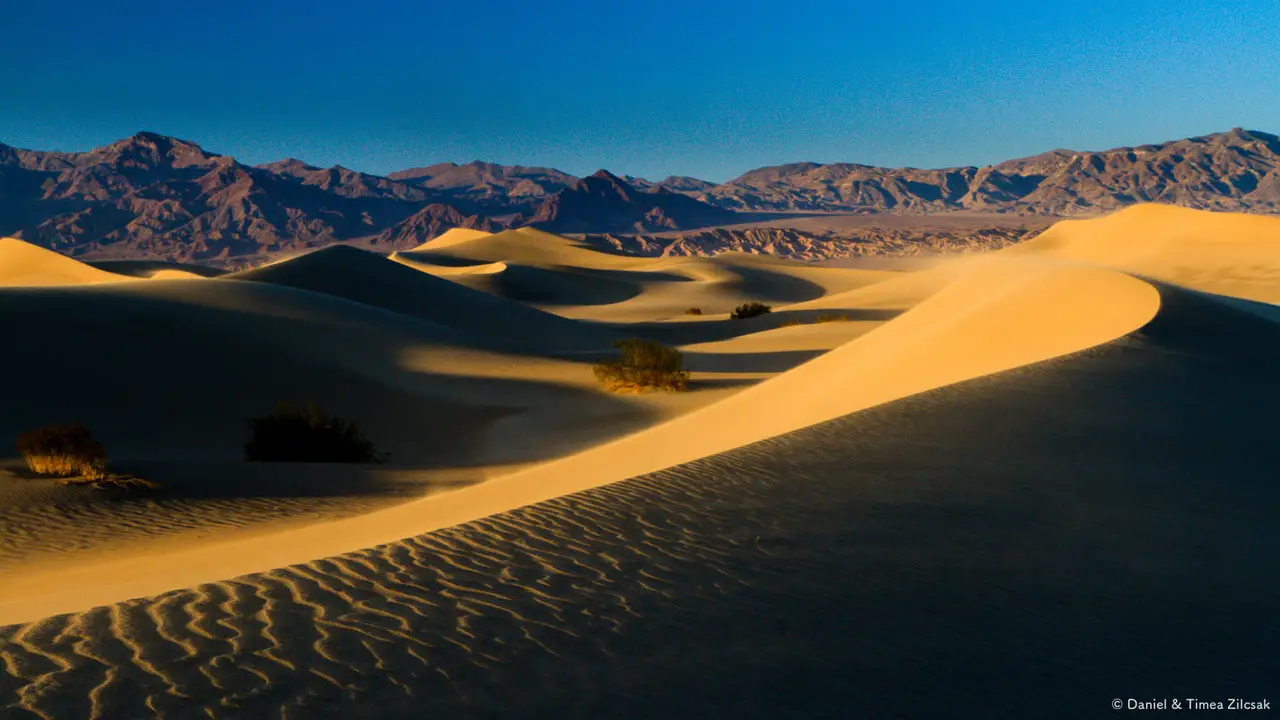California Lighthouses_ Historic Landmarks to Visit

Unveiling the Majesty of California's Coastal Landscapes
California, a land of sunshine, innovation, and breathtaking scenery, boasts a coastline that stretches for over 840 miles. From the dramatic cliffs of Big Sur to the sandy beaches of Southern California, the Golden State's coastline offers a diverse range of experiences for every traveler. This article delves into the heart of California's coastal wonders, exploring hidden gems, iconic landmarks, and the unique ecosystems that thrive along this remarkable stretch of land. Get ready to embark on a virtual journey, discovering the secrets and allure of California's captivating coastlines.
Discovering Hidden Beaches and Secluded Coves Along the California Coast
Beyond the well-trodden tourist paths lie hidden beaches and secluded coves, offering tranquility and unparalleled natural beauty. These hidden gems provide a sanctuary for those seeking escape and a deeper connection with the California coastline. Let's explore some of these captivating destinations:
Pfeiffer Beach: A Purple Sand Paradise in Big Sur
Nestled in the heart of Big Sur, Pfeiffer Beach is renowned for its unique purple sand, a result of manganese garnet deposits eroding from the surrounding hills. The Keyhole Arch, a natural rock formation, provides a dramatic backdrop for sunset viewing, creating a truly unforgettable experience. Keep in mind that parking can be limited, especially during peak season, so arrive early to secure your spot.
Bowling Ball Beach: Mendocino's Geological Marvel
Located in Mendocino County, Bowling Ball Beach is named for its peculiar rock formations resembling giant bowling balls scattered along the shoreline. These spherical rocks are a result of millions of years of erosion, creating a surreal and captivating landscape. Low tide is the best time to visit, allowing you to fully appreciate the geological wonder of this unique beach.
Point Reyes National Seashore: A Coastal Wilderness Escape
Point Reyes National Seashore offers a vast expanse of rugged coastline, pristine beaches, and towering cliffs. This protected area is a haven for wildlife, including elephant seals, gray whales, and numerous bird species. Explore the iconic Point Reyes Lighthouse, hike along scenic trails, and discover secluded beaches like McClures Beach for a truly immersive coastal experience.
Iconic California Coastal Landmarks: Must-See Destinations
California's coastline is dotted with iconic landmarks that have captured the imagination of visitors for generations. These destinations offer a glimpse into the state's rich history, culture, and natural beauty. Let's explore some of these must-see landmarks:
Golden Gate Bridge: An Engineering Marvel and San Francisco Icon
No trip to California is complete without experiencing the grandeur of the Golden Gate Bridge. This iconic suspension bridge, spanning the Golden Gate Strait, is a symbol of San Francisco and a testament to human ingenuity. Walk or bike across the bridge for breathtaking views of the city skyline, Alcatraz Island, and the surrounding bay.
Hearst Castle: A Glimpse into Opulence and History
Perched atop a hill overlooking the Pacific Ocean, Hearst Castle is a lavish estate built by publishing magnate William Randolph Hearst. This opulent mansion features stunning architecture, exquisite art collections, and meticulously manicured gardens. Take a guided tour to explore the castle's grand rooms, learn about its fascinating history, and immerse yourself in the world of luxury and extravagance.
Santa Monica Pier: A Classic Seaside Amusement Park
The Santa Monica Pier is a quintessential California landmark, offering a vibrant mix of amusement park rides, games, restaurants, and shops. Take a ride on the iconic Ferris wheel, try your luck at the arcade games, and enjoy the lively atmosphere of this classic seaside destination. The pier also offers stunning views of the Pacific Ocean and the surrounding coastline.
Exploring the Unique Ecosystems of the California Coast
California's coastline is home to a diverse range of ecosystems, each supporting a unique array of plant and animal life. From the kelp forests of Monterey Bay to the tide pools of Southern California, these ecosystems offer a fascinating glimpse into the interconnectedness of life along the coast. Let's explore some of these remarkable habitats:
Kelp Forests: Underwater Gardens of the Pacific
Kelp forests, underwater ecosystems dominated by giant kelp, are found along much of the California coast. These forests provide habitat for a wide variety of marine life, including sea otters, seals, fish, and invertebrates. Explore these underwater gardens through snorkeling or scuba diving, or visit the Monterey Bay Aquarium to learn more about these fascinating ecosystems.
Tide Pools: Miniature Worlds Teeming with Life
Tide pools, rocky depressions along the shoreline that are filled with seawater at low tide, are miniature worlds teeming with life. These pools provide habitat for a variety of invertebrates, including sea stars, anemones, crabs, and snails. Explore tide pools at low tide to discover the hidden wonders of these intertidal ecosystems. Remember to be respectful of the delicate marine life and avoid touching or disturbing the animals.
Estuaries: Where Rivers Meet the Sea
Estuaries, where rivers meet the sea, are highly productive ecosystems that support a diverse range of plant and animal life. These brackish water environments provide habitat for migratory birds, fish, and shellfish. Explore estuaries through kayaking, birdwatching, or visiting a local nature center to learn more about the importance of these vital ecosystems.
Gear Up for Your California Coastal Adventure: Product Recommendations
To fully enjoy your California coastal adventure, it's essential to have the right gear. Here are some product recommendations to enhance your experience:
Binoculars: Celestron Nature DX 8x42 Binoculars
Use Case: Birdwatching, whale watching, scenic viewing.
Description: The Celestron Nature DX 8x42 binoculars offer excellent clarity and brightness, making them ideal for observing wildlife and landscapes along the California coast. Their waterproof and fogproof design ensures reliable performance in various weather conditions. The 8x magnification provides a comfortable balance between magnification and field of view.
Product Details:
- Magnification: 8x
- Objective Lens Diameter: 42mm
- Field of View: 430 ft at 1000 yds
- Waterproof/Fogproof: Yes
- Weight: 22.2 oz
Pricing: Approximately $130 - $150.
Product Comparison: Compared to the Nikon ProStaff 3S 8x42, the Celestron Nature DX offers slightly better image clarity and a more robust build. However, the Nikon ProStaff 3S is lighter and more compact.
Sunscreen: EltaMD UV Clear Broad-Spectrum SPF 46
Use Case: Protecting skin from sun damage during outdoor activities.
Description: EltaMD UV Clear Broad-Spectrum SPF 46 is a dermatologist-recommended sunscreen that provides excellent protection against UVA and UVB rays. Its lightweight, oil-free formula is suitable for all skin types, including sensitive and acne-prone skin. It contains zinc oxide, a mineral sunscreen ingredient known for its effectiveness and gentle nature.
Product Details:
- SPF: 46
- Broad-Spectrum: Yes
- Oil-Free: Yes
- Key Ingredient: Zinc Oxide
- Skin Type: All
Pricing: Approximately $35 - $40.
Product Comparison: Compared to the Supergoop! Unseen Sunscreen SPF 40, the EltaMD UV Clear is more suitable for sensitive skin and provides better protection against UVA rays. However, the Supergoop! Unseen Sunscreen has a smoother, more primer-like texture.
Hiking Boots: Merrell Moab 2 Vent Hiking Shoe
Use Case: Hiking along coastal trails, exploring rocky terrain.
Description: The Merrell Moab 2 Vent Hiking Shoe is a popular choice for hikers due to its comfort, durability, and breathability. Its breathable mesh lining keeps your feet cool and dry, while the Vibram outsole provides excellent traction on various surfaces. The supportive midsole cushions your feet and reduces fatigue during long hikes.
Product Details:
- Material: Leather and Mesh
- Outsole: Vibram
- Midsole: EVA
- Breathable: Yes
- Water Resistance: Water Resistant
Pricing: Approximately $100 - $120.
Product Comparison: Compared to the Salomon X Ultra 4 GTX Hiking Shoe, the Merrell Moab 2 Vent is more affordable and offers better ventilation. However, the Salomon X Ultra 4 GTX is more waterproof and provides better ankle support.
Water Bottle: Hydro Flask 32 oz Wide Mouth
Use Case: Staying hydrated during outdoor activities.
Description: The Hydro Flask 32 oz Wide Mouth water bottle is a durable and versatile option for staying hydrated on the go. Its double-wall vacuum insulation keeps drinks cold for up to 24 hours and hot for up to 12 hours. The wide mouth opening makes it easy to fill and clean. It's also made from BPA-free stainless steel, ensuring that your drinks stay pure and refreshing.
Product Details:
- Capacity: 32 oz
- Insulation: Double-Wall Vacuum Insulated
- Material: Stainless Steel
- BPA-Free: Yes
- Dishwasher Safe: Yes (Lid Only)
Pricing: Approximately $40 - $45.
Product Comparison: Compared to the Yeti Rambler 36 oz Bottle, the Hydro Flask 32 oz Wide Mouth is lighter and more affordable. However, the Yeti Rambler is more durable and offers slightly better insulation.
Camera: Sony Alpha 6000 Mirrorless Camera
Use Case: Capturing stunning photos and videos of coastal landscapes and wildlife.
Description: The Sony Alpha 6000 is a compact and versatile mirrorless camera that delivers excellent image quality. Its 24.3MP APS-C sensor captures detailed photos and videos, while its fast autofocus system ensures sharp images even in challenging lighting conditions. The camera is also lightweight and easy to carry, making it ideal for travel.
Product Details:
- Sensor: 24.3MP APS-C
- Autofocus: Fast Hybrid AF
- Video: 1080p Full HD
- Connectivity: Wi-Fi, NFC
- Weight: 12.1 oz (with battery and memory card)
Pricing: Approximately $550 - $650 (with kit lens).
Product Comparison: Compared to the Canon EOS M50 Mark II, the Sony Alpha 6000 offers a wider range of lenses and a more advanced autofocus system. However, the Canon EOS M50 Mark II is more user-friendly and offers better video capabilities.
California Coastal Travel Tips for an Unforgettable Experience
Planning a trip to the California coast? Here are some essential travel tips to ensure an unforgettable experience:
Best Time to Visit: Weather and Crowds
The best time to visit the California coast depends on your preferences. Spring and fall offer pleasant weather and fewer crowds, while summer is ideal for swimming and sunbathing. Winter can be rainy, but it's also a great time for whale watching. Keep in mind that coastal areas can experience microclimates, so be prepared for varying weather conditions.
Accommodation Options: From Camping to Luxury Resorts
California offers a wide range of accommodation options to suit every budget and preference. From camping in state parks to staying in luxury resorts, you'll find something to fit your needs. Consider booking your accommodation in advance, especially during peak season.
Transportation: Renting a Car vs. Public Transportation
Renting a car is the most convenient way to explore the California coast, allowing you to access remote beaches and scenic drives. However, public transportation is also available in some areas. Consider using a combination of transportation options to maximize your flexibility and minimize your environmental impact.
Safety Precautions: Tides, Wildlife, and Sun Exposure
When exploring the California coast, it's essential to take safety precautions. Be aware of tides, especially when exploring tide pools and beaches. Keep a safe distance from wildlife, such as seals and sea lions. Protect yourself from sun exposure by wearing sunscreen, a hat, and sunglasses. Always check weather conditions before heading out on hikes or water activities.
Preserving the California Coast: Sustainable Travel Practices
It's crucial to practice sustainable travel to preserve the beauty and health of the California coast for future generations. Here are some tips for responsible tourism:
Reduce Your Carbon Footprint: Transportation and Accommodation
Choose eco-friendly transportation options, such as public transportation, biking, or walking. Opt for accommodations that prioritize sustainability, such as hotels with energy-efficient practices and waste reduction programs.
Minimize Waste: Reduce, Reuse, Recycle
Bring your own reusable water bottle, coffee cup, and shopping bags. Avoid single-use plastics and dispose of waste properly. Support businesses that prioritize recycling and waste reduction.
Respect Wildlife: Observe from a Distance
Observe wildlife from a safe distance and avoid disturbing their natural habitats. Do not feed animals, as this can disrupt their natural behavior and make them dependent on humans.
Support Local Communities: Shop Local and Eat Local
Support local businesses by shopping at farmers markets, buying souvenirs from local artisans, and dining at restaurants that serve locally sourced ingredients. This helps to support the local economy and promote sustainable practices.
California Coastline Photography: Capturing the Beauty
The California coastline offers endless opportunities for stunning photography. Here are some tips for capturing the beauty of this remarkable landscape:
Golden Hour Magic: Shooting at Sunrise and Sunset
The golden hour, the hour after sunrise and the hour before sunset, is the best time to capture the warm, soft light that enhances coastal landscapes. The low angle of the sun creates dramatic shadows and highlights, adding depth and dimension to your photos.
Composition Techniques: Leading Lines, Rule of Thirds, and Framing
Use composition techniques to create visually appealing photos. Leading lines, such as roads or trails, can draw the viewer's eye into the scene. The rule of thirds involves dividing the frame into thirds both horizontally and vertically and placing key elements along these lines or at their intersections. Framing involves using elements in the foreground, such as trees or rocks, to frame the subject and add depth to the photo.
Equipment Recommendations: Lenses, Filters, and Tripods
A wide-angle lens is ideal for capturing expansive coastal landscapes, while a telephoto lens is useful for photographing wildlife and distant subjects. A polarizing filter can reduce glare and enhance colors, while a neutral density filter can allow you to use slower shutter speeds to create motion blur. A tripod is essential for sharp photos, especially in low-light conditions.
Post-Processing Tips: Enhancing Colors and Details
Post-processing can enhance the colors and details in your photos. Use software like Adobe Lightroom or Photoshop to adjust exposure, contrast, and saturation. Be careful not to over-process your photos, as this can make them look unnatural.
:max_bytes(150000):strip_icc()/277019-baked-pork-chops-with-cream-of-mushroom-soup-DDMFS-beauty-4x3-BG-7505-5762b731cf30447d9cbbbbbf387beafa.jpg)





